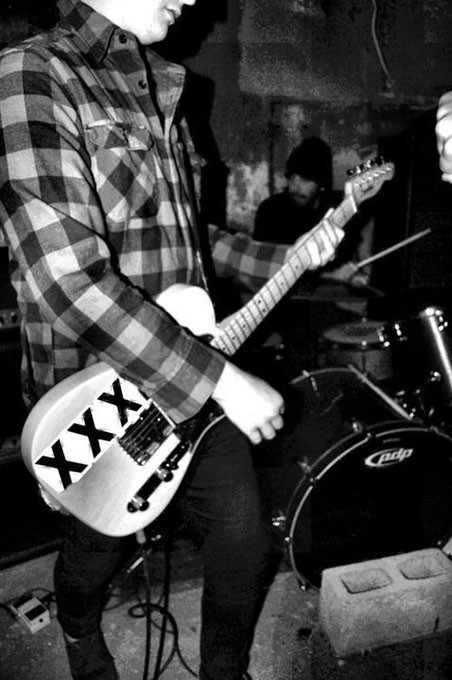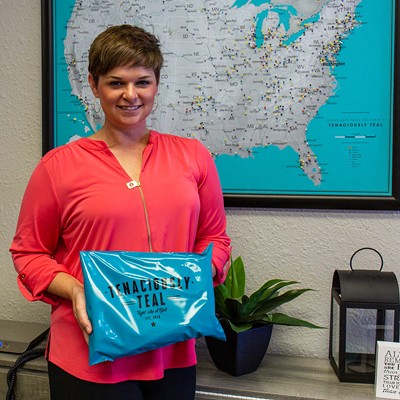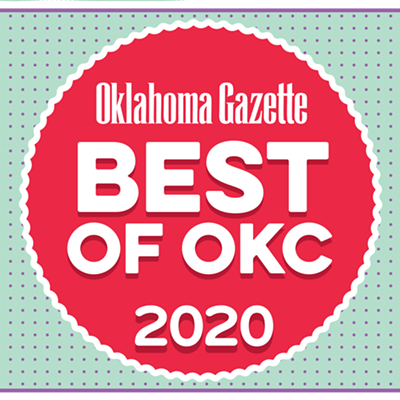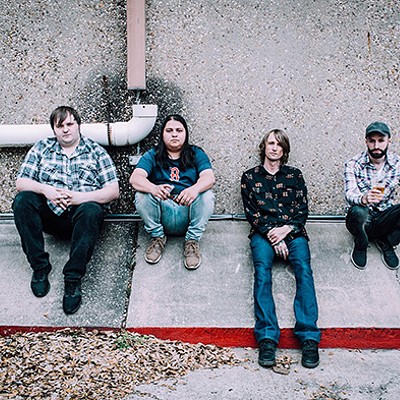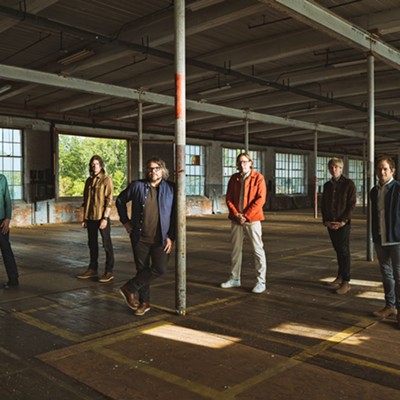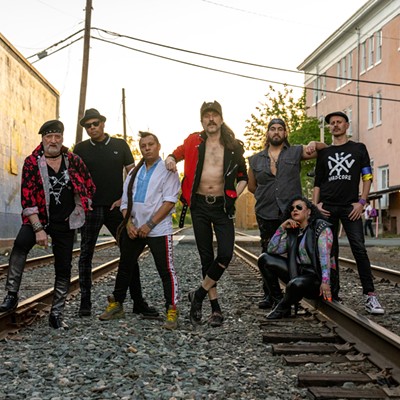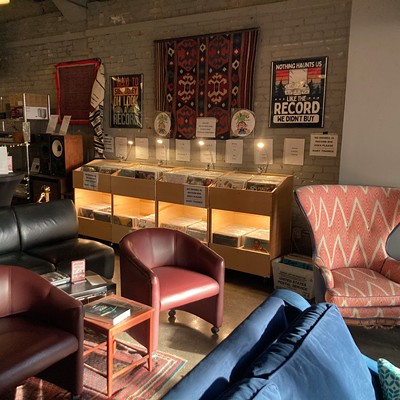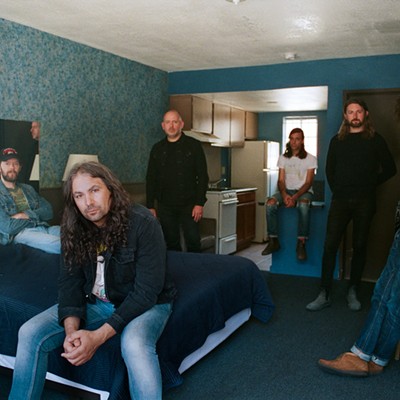On a recent Saturday, roughly 75 people gathered in The Conservatory for a punk concert.
At first glance, it didn’t seem like anything out of the ordinary. There were a handful of bands playing that night, including regional acts Free at Last and United Races. Yes, these fans are anarchistic and unconventional. They eschew authority. By all definitions, they’re punks. But they don’t fit the stereotypical image of their cigarette- smoking, booze-swilling, sex-driven, nihilistic peers.
They’re sober.
Labeled
After punk burst onto the scene in the ’70s, a self-aware subculture soon followed and gained momentum through the next decade, taking root in the attitudes of deviant youth across the country. Bands like Minor Threat with outspoken musicians like Ian MacKaye gave these street-drug shunners a name: “Straight Edge.”The movement gained substantial popularity through the 2000s, but around 2005, it started slipping, said Nick Hampson, operator of The Conservatory.
“There were a ton of bands that were fully straight-edge,” Hampson said. “There used to be solely straight- edge shows, but less and less people are into the movement. Now, you run into the whole thing of, ‘Yeah, our singer is straight-up, but we’re not.’”
Hampson hints at a seemingly unlikely phenomenon, though in hindsight, it seems perfectly natural.
With such a strong initial divergence, it’s strange to think that hardcore punk ideals might be expanding to reincorporate straight edge. But after even the hardcore subgenre splintered in the ’80s due to its wide-open frontier — to straight edge, bent edge, funkcore, metalcore, thrash and more — it makes sense that over the remainder of the century, hardcore filled the gap.
As it diversified, individual tastes narrowed. A genre can only splinter so much before supporters reorganize to regain a sense of togetherness, which is exactly what hardcore promotes: everyone.
“The whole hardcore mentality is respecting people for who they are and also having your own thoughts and opinions and living by them, staying true to your convictions,” said Caleb Montgomery, owner of OKC music label Wrong Ones Records and former member of Oklahoma straight-edge bands Speak Out! and Stay.
Deviants
In the late 1970s and early ’80s, seeds of dissent — reactionary visions developed against popular music of the age (think Culture Club, Kenny Loggins, Journey and even disco) — were sown. Popular culture dictated one thing; punks said, “Piss off.”Rock ’n’ roll’s punk subculture quickly became defined by its deviant behavior, which included uncouth habits.
Drug and alcohol use and other awareness- and body-harming habits became inseparable associations. For some punks, that was fine. But for others, especially the younger population of punks who couldn’t drink at these shows anyway, the associated hedonism was a turn-off.
History points to MacKaye (Fugazi, Minor Threat, The Teen Idles) and his contemporaries as founders of the subgenre. MacKaye and company fell into an in-between group: They irritated the real world by being nonconformists, and they irritated hardcore punks because they weren’t self-destructive.
While there was a slow build of support for MacKaye’s mentality, the defining turns came between two points.
One was The Teen Idles’ release of record Minor Disturbance. Its cover featured two crossed hands with black X’s on them. The X’s referenced the Sharpie markings that music venues scrawled on the back of underage kids’ hands to let bartenders know they couldn’t imbibe.
It also became a symbol of straight-edge empowerment.
The second point was MacKaye’s song, “Straight Edge,” performed by Minor Threat. As he said in an interview transcript in All Ages: Reflections on Straight Edge, “People picked up on it insanely.”
It’s said that there are three X’s in straight edge: alcohol, tobacco and illicit drugs. Some throw in promiscuous sex, vegetarianism and other addendums.
Remix
“For me,” Montgomery said, “it’s just not drinking, not smoking, not putting those things into my body so I can ... have my own thoughts and opinions and stay out of trouble for the most part.”After hardcore punk band Minor Threat came 7 Seconds and SSD. Then a plethora of emo hardcore and post-hardcore bands followed during Revolution Summer in ’85 (Rain, Rites of Spring, Soulside, Gray Matter and others). And so it continued.
But today, youth in straight edge and other hardcore subcultures are mixing, going to the same shows, supporting the same bands, singing along to the same music. There isn’t a need to be as staunchly protective and divisively different because lines are blurred, Montgomery said.
Punks accept other punks.
Montgomery actually bartended January’s straight edge concert, an irony that isn’t lost on him. He made interesting observations from his post.
“It was a cool show, lots of kids showing up, moshing, singing along,” he said. “But that’s the thing: There were a lot of people who weren’t straight edge. People who aren’t straight edge like straight-edge bands and people who are straight edge like bands that aren’t. It’s a big family within hardcore.”
Print headline: X X X, As hardcore punk grows more accepting of internal divisions, straight edge finds itself among family.

